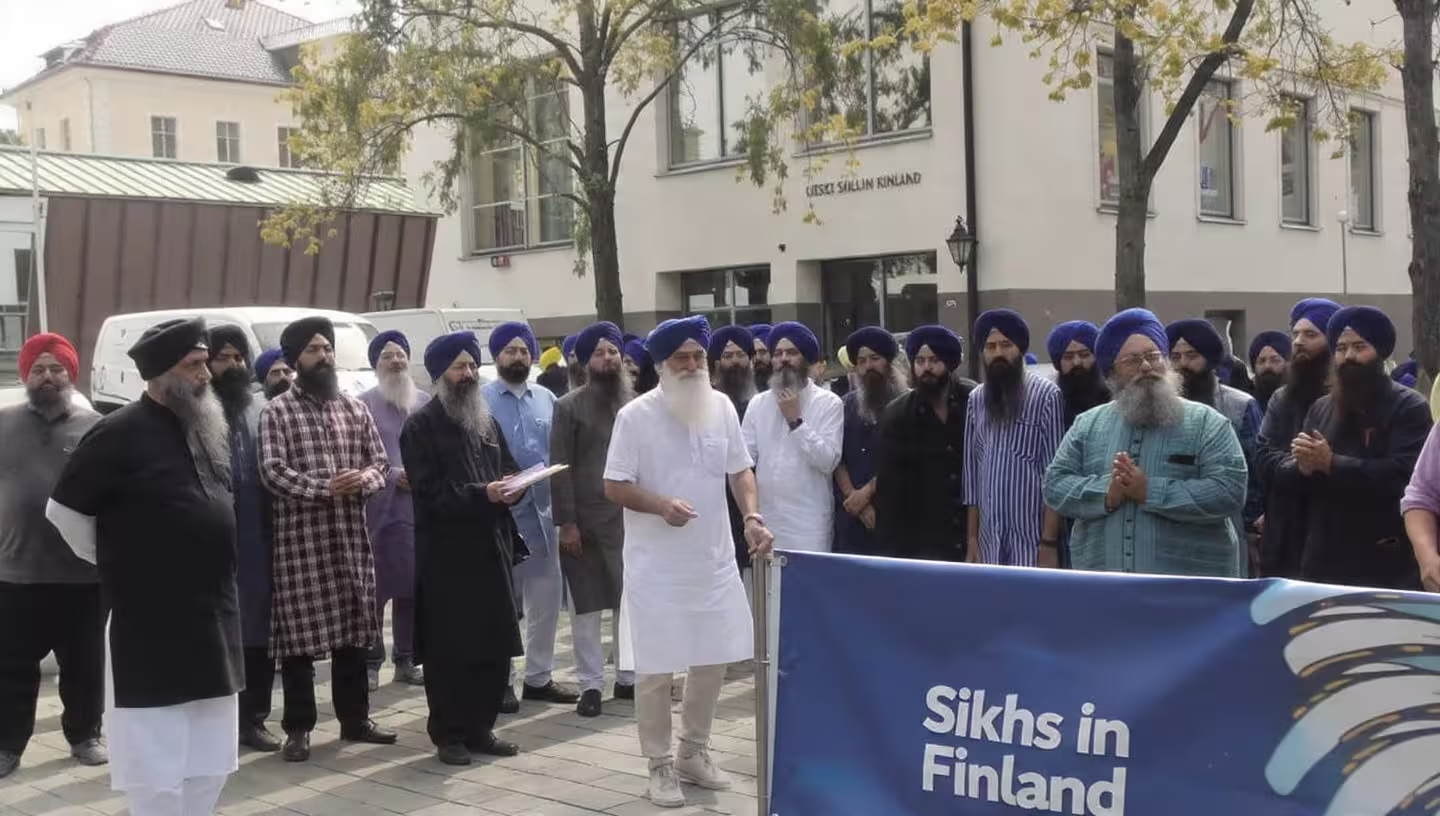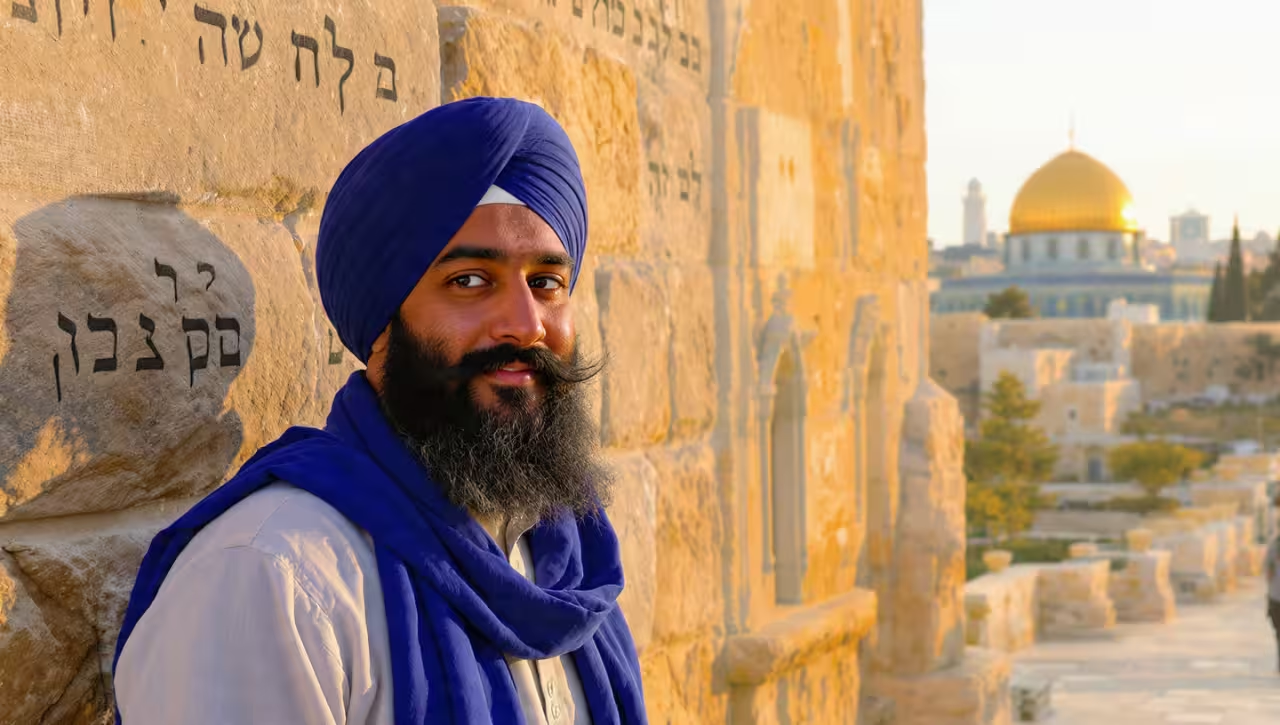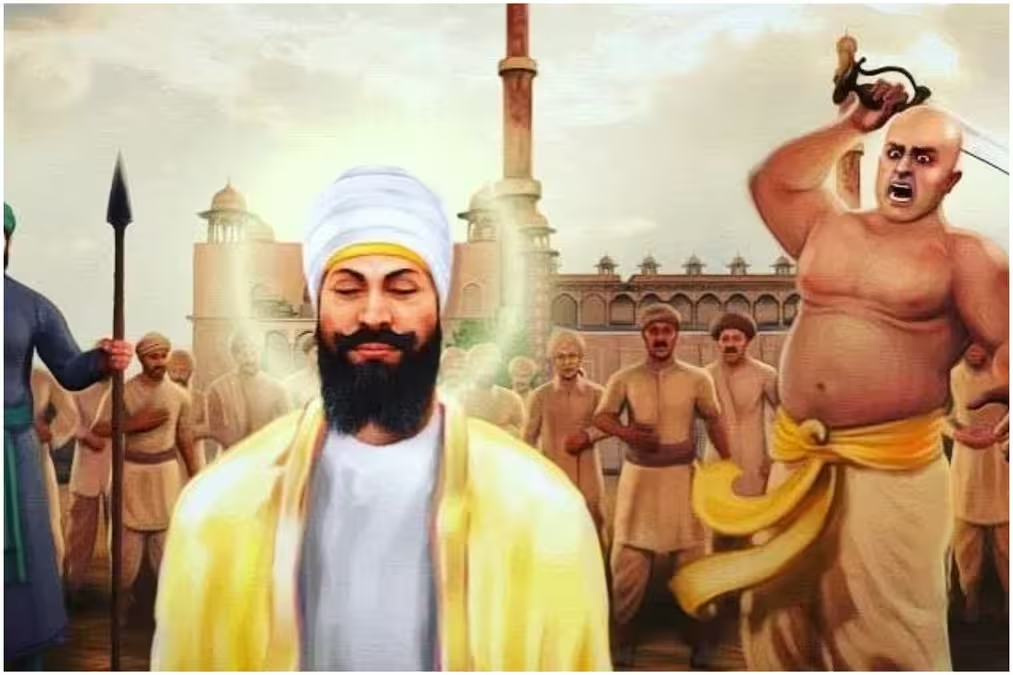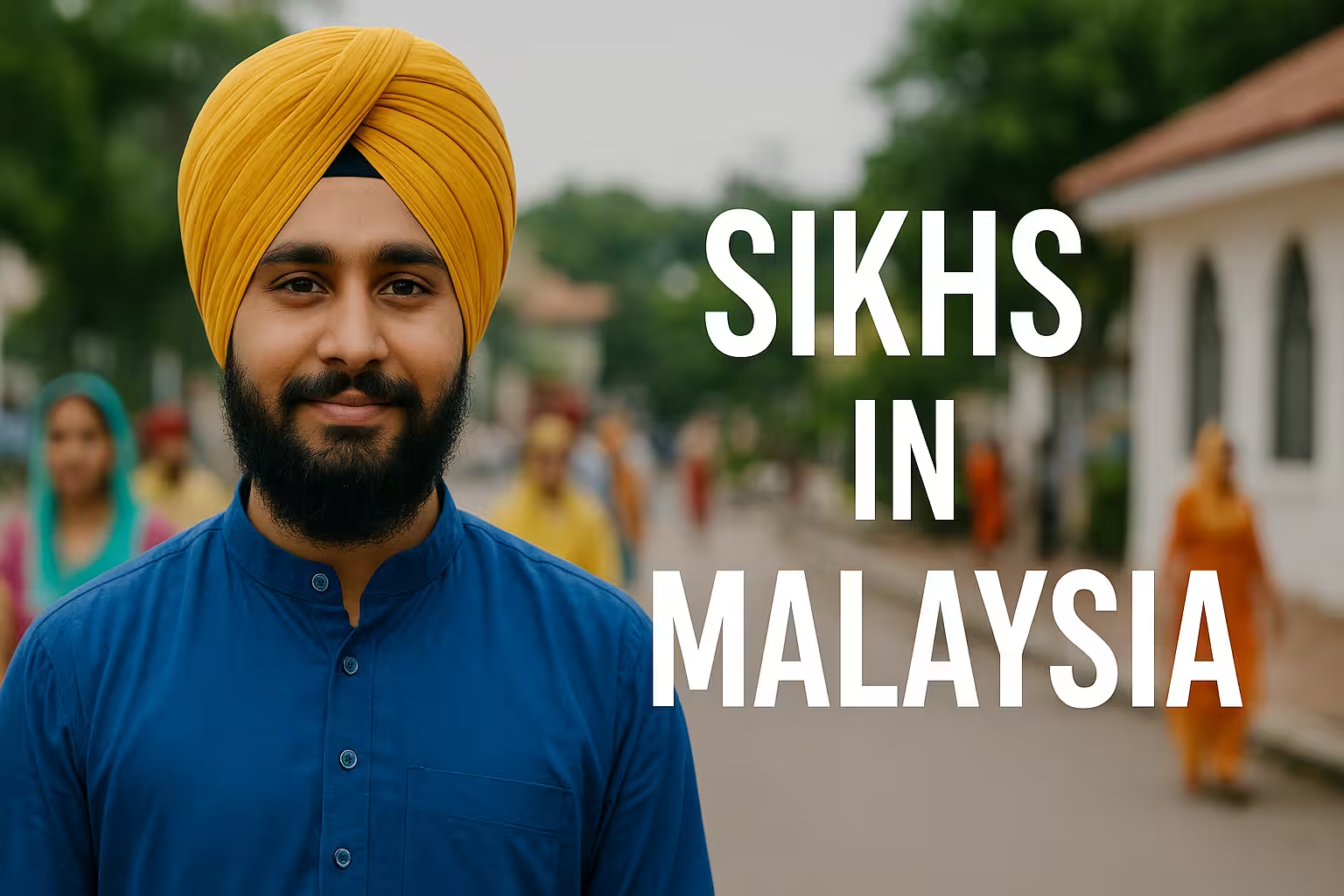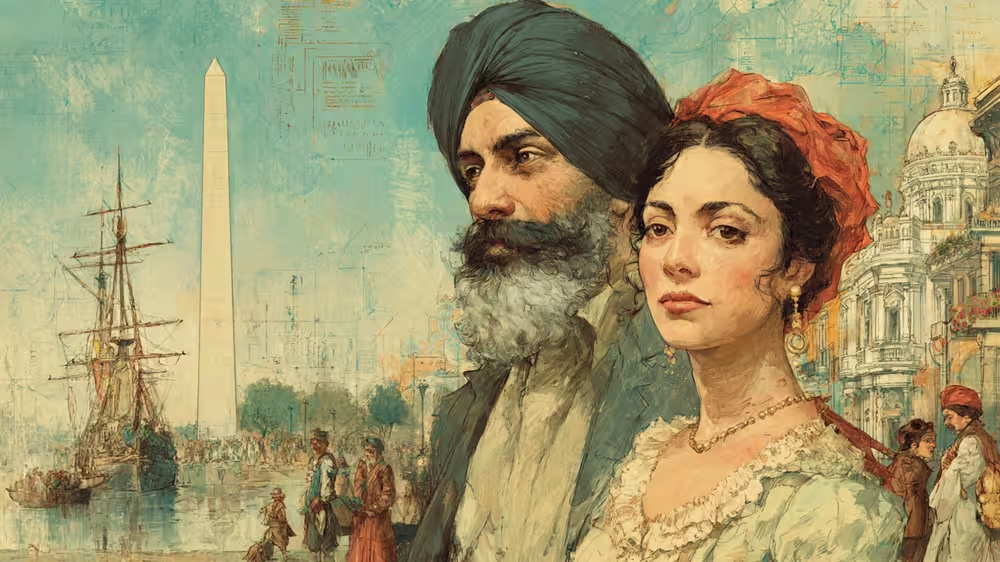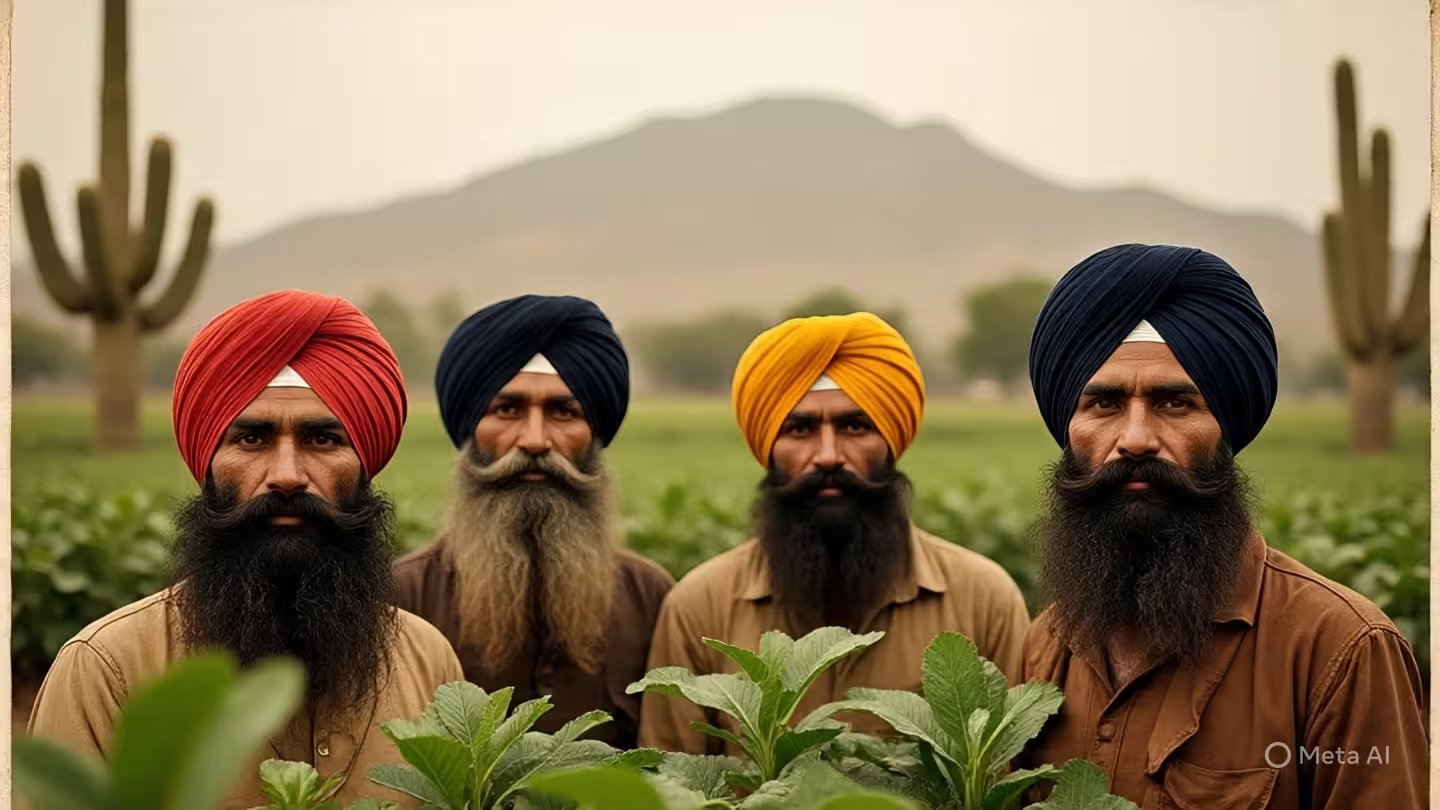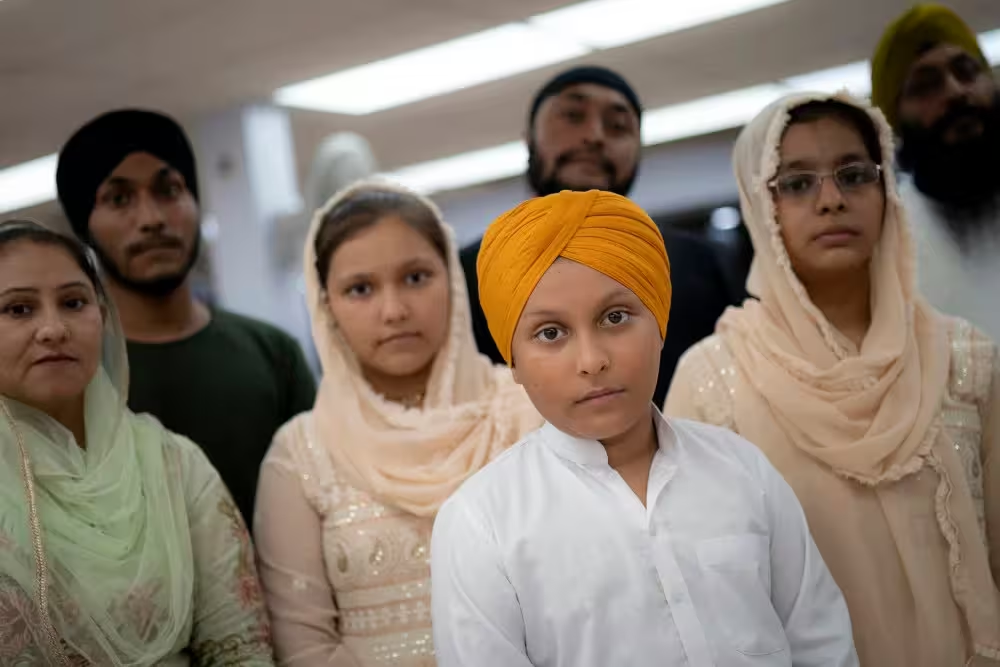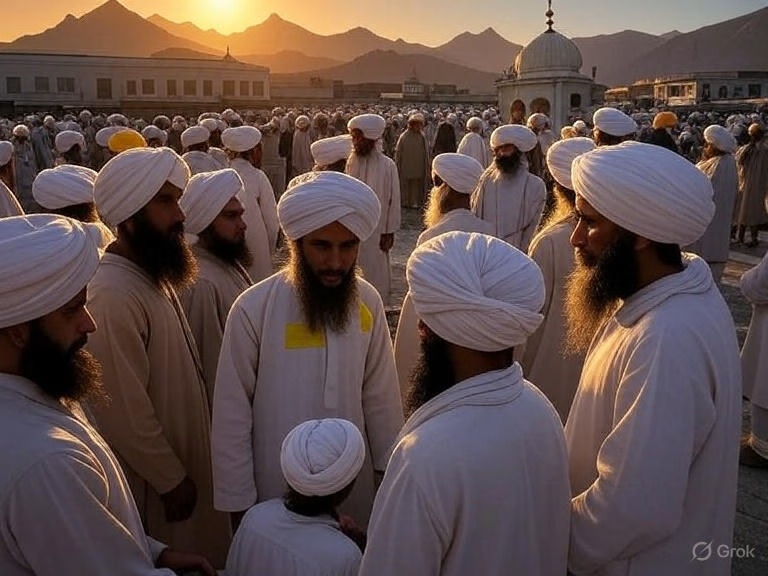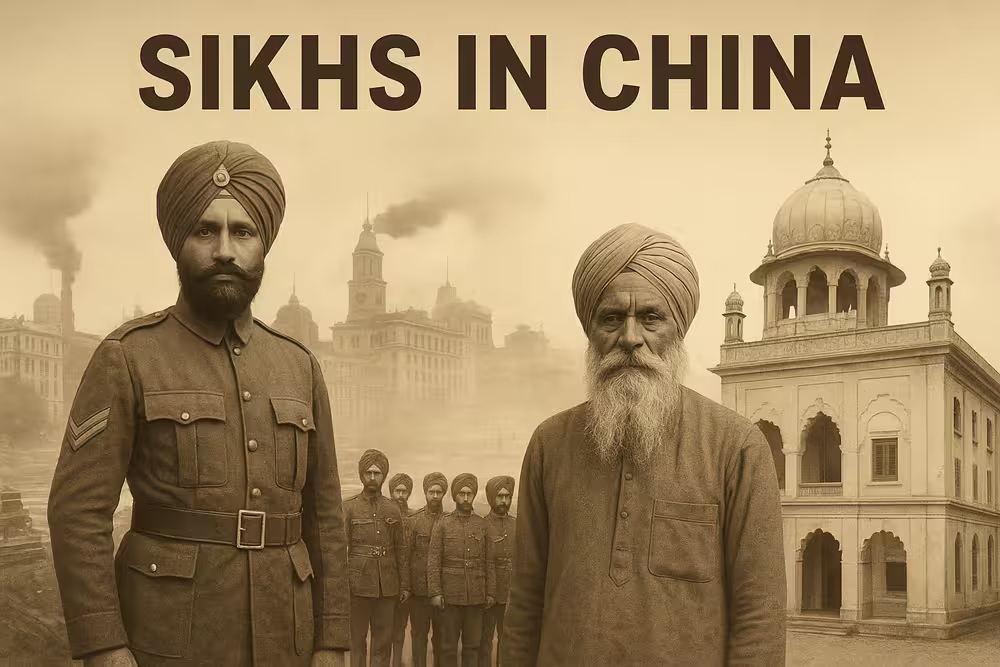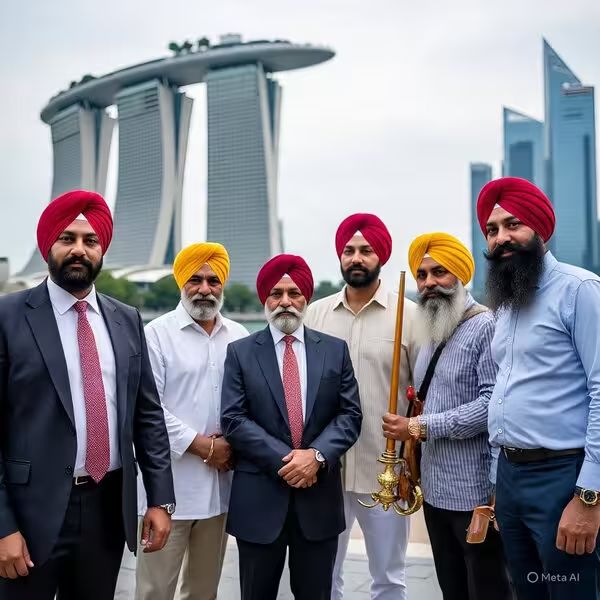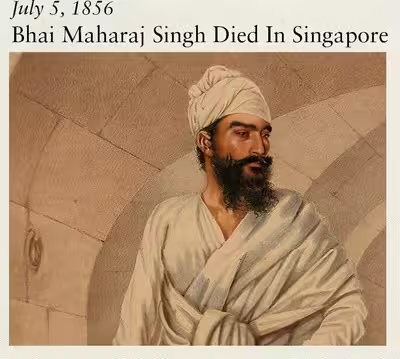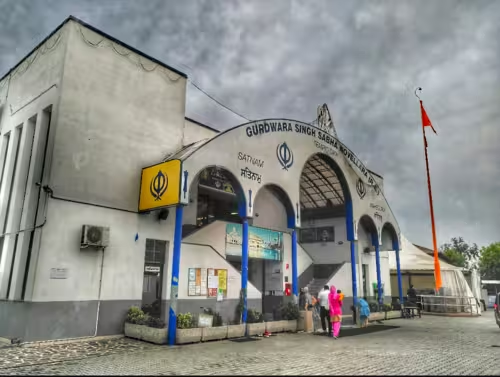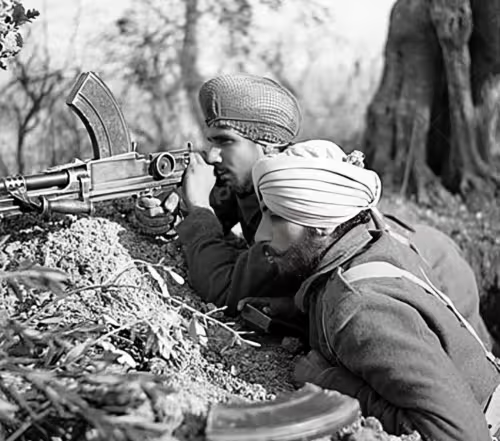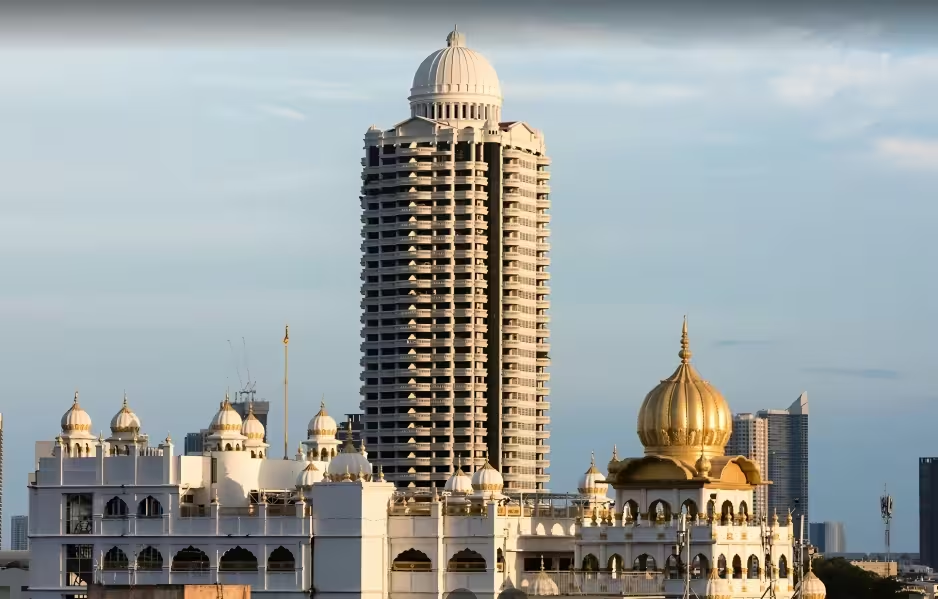Famous Sikhs in Italy: Leaders, Entrepreneurs & Community Figures
Primarily hailing from Punjab, India, Sikhs began migrating significantly in the 1980s, drawn to agricultural opportunities in northern and central regions like Lombardy, Emilia-Romagna, and Lazio. They have become integral to Italy’s economy, especially in the dairy and cheese sectors, while preserving their faith through gurdwaras and community initiatives. This blog highlights important Sikh personalities in Italy, spanning community leaders, industry pioneers, athletes, and emerging talents who have shaped the diaspora’s narrative and contributed to Italian society. Sikh Philosophy
Famous Sikhs in Italy: Italians in Sikh History and Sikh Soldiers in Italy
The ties between Sikhs and Italy date back centuries, albeit indirectly. In the 19th century, Italian adventurers like Paolo Avitabile (also known as Abu Tabela) and Jean-Baptiste Ventura served as generals in the Sikh Empire under Maharaja Ranjit Singh, bringing European military expertise to Punjab. Avitabile governed Wazirabad and Peshawar, earning a fearsome reputation, while Ventura modernized the Sikh army. These figures symbolize early cross-cultural exchanges.
During World War II, Sikh soldiers in the British Indian Army fought valiantly in Italy as part of the Allied forces. Figures like Lance Daffadar Tara Singh directed operations, exemplifying Sikh bravery. Their sacrifices are commemorated in memorials, such as in Forlì, where world-renowned Sikh influencer Harjinder Singh Kukreja paid homage in 2017. These historical threads laid the groundwork for modern Sikh migration. The Travelling Singh
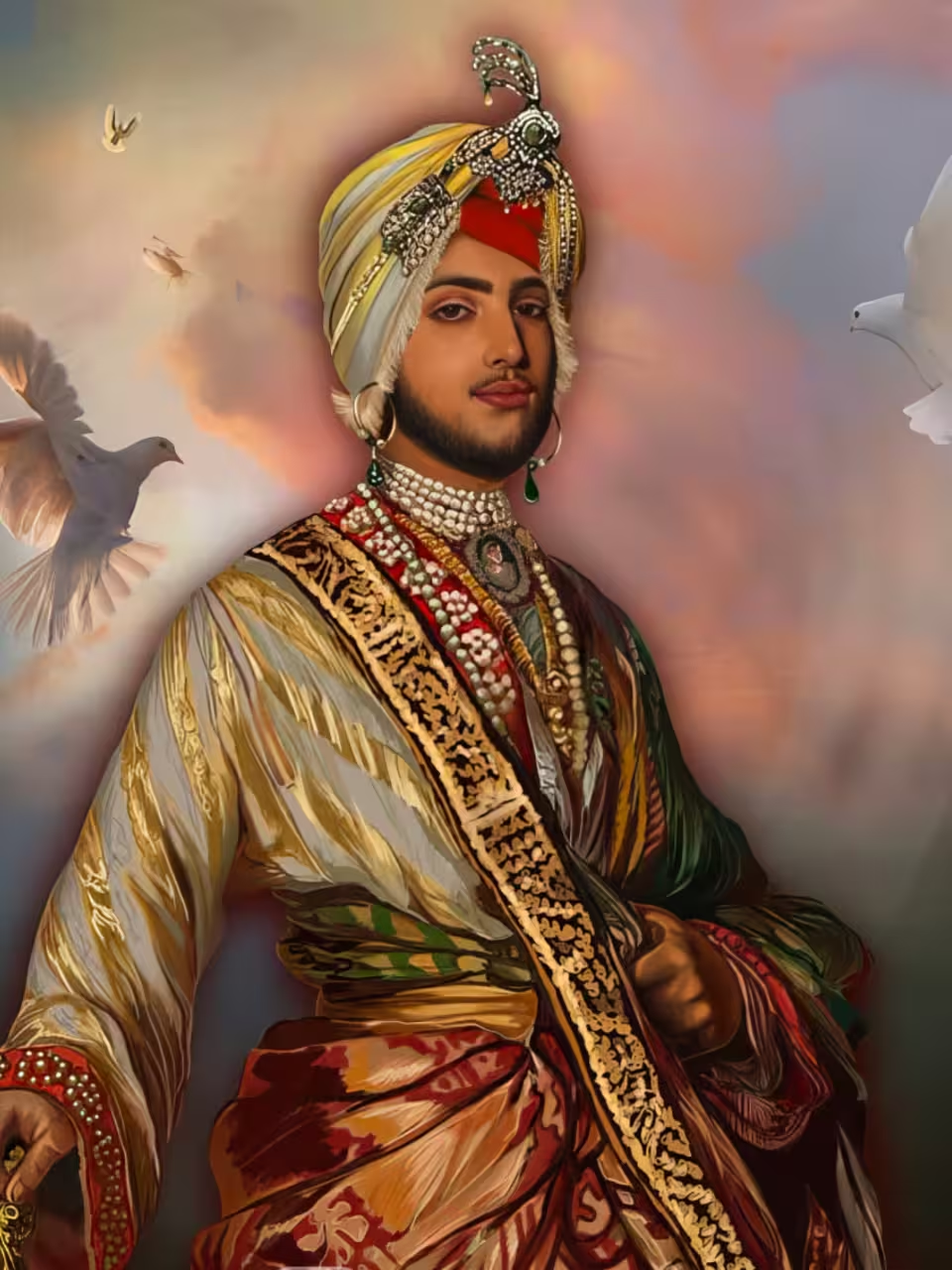
Maharaja Duleep Singh (1838–1893)
Maharaja Duleep Singh, the last ruler of the Sikh Empire, traveled through Italy in 1856–1857 during his exile. Accompanied by Lena, Lady Login, he visited Rome and other cities, leaving a historical footprint as one of the earliest prominent Sikhs to engage with Italy. His journey, documented in Lady Login’s diary, reflects early Sikh-European interactions, showcasing the global reach of Sikh royalty even in exile. While his stay was brief, it symbolizes the long-standing, albeit indirect, ties between Sikhs and Italy.
Maharaja Duleep Singh (1838 – 1893) is one of the most fascinating—and tragic—figures in Sikh and colonial Indian history. He was the last Maharaja of the Sikh Empire, the youngest son of Maharaja Ranjit Singh (the “Lion of Punjab”) and Maharani Jind Kaur.
Born in 1838 in Lahore, he was the youngest child of Ranjit Singh, who had built the Sikh Empire in Punjab. After Ranjit Singh’s death in 1839, the empire quickly weakened due to internal rivalries and British interference. Following the Anglo-Sikh Wars (1845–1849), the British annexed Punjab. At the age of 11, Duleep Singh was forced to sign the Treaty of Lahore (1849), formally surrendering his kingdom to the British East India Company. Facebook.com

Maharaja Bhupinder Singh of Patiala (1891–1938)
Maharaja Bhupinder Singh, a prominent Sikh leader, visited Italy in 1935 and was awarded the Order of the Crown of Italy in 1918 for his contributions during World War I. As an ally of the British, he led the Patiala Regiment, which earned 43 honors for bravery in Italy and other theaters. His visits to Milan left a lasting impression, with shops reportedly recalling him as a generous patron. His legacy highlights the early 20th-century Sikh military and diplomatic presence in Italy.
Maharaja Bhupinder Singh of Patiala is famous for his lavish lifestyle and immense wealth, detailed in accounts by his courtier, Diwan Jarmani Dass. He ascended to the throne at nine and became a symbol of opulence, known for the Patiala Peg and the Patiala Necklace.
A passionate sportsman, he led the Indian cricket team on a 1911 tour of England and helped establish the Patiala XI and Patiala Tigers cricket and polo teams. He also built the Chail Cricket Ground, the highest cricket ground in the world, showcasing his commitment to sports. mdpi
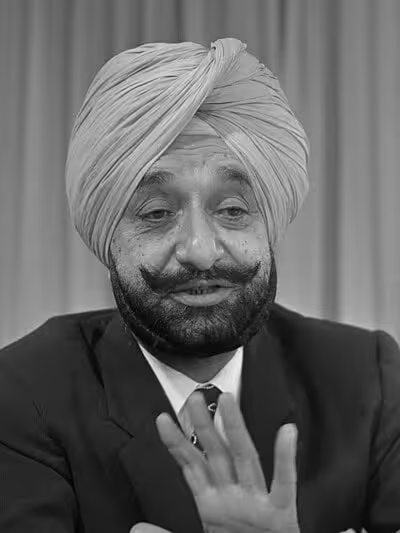
Maharaja Yadavindra Singh (1914–1974)
Maharaja Yadavindra Singh, Bhupinder’s son, fought in Italy during World War II as part of the Indian forces and later served as India’s ambassador to Italy from 1965 to 1967. His diplomatic role strengthened Indo-Italian ties, and his wartime service underscores the significant contributions of Sikh soldiers, who were among the first to liberate Ferrara in 1945. His dual roles as a warrior and diplomat mark him as a pivotal figure in Sikh-Italian history.
Maharaja Yadavindra Singh was the last ruler of Patiala, a strong supporter of Indian unity during Partition, and later a respected statesman and diplomat. He symbolized the transformation of Sikh princely leadership into modern political and diplomatic roles in independent India.
He served in the Indian Army, holding the honorary rank of General. He was the president of the Indian Olympic Association (1938–1960) and played a role in promoting sports in independent India.
He died on 17 June 1974, The Hague, Netherlands (while serving as Ambassador). He was cremated at Patiala; his passing marked the end of an era of Sikh princely leadership. Henrypoole
Community Leaders: Advocates for Rights and Unity
Sikh community leaders in Italy have played a vital role in advocating for the rights, dignity, and unity of their people. As migrants faced challenges of integration, discrimination, and labor exploitation, these leaders emerged as voices of strength and guidance. They have worked tirelessly to secure fair treatment for Sikh workers, promote interfaith harmony, and preserve Sikh values and traditions. By establishing gurdwaras, organizing cultural events, and engaging with Italian institutions, they have built bridges between the Sikh diaspora and local society. Their efforts continue to inspire younger generations, ensuring the Sikh community remains resilient, united, and respected in Italy. Sikh Human Right Group

Sukhdev Singh Kang
A cornerstone of the Italian Sikh diaspora, Kang founded the Indian Sikh Community Italy in 2009 in Gavardo, Brescia. His organization supports cultural preservation, religious activities, and welfare for over 200,000 Sikhs. Kang has engaged with global leaders, meeting Indian Prime Minister Narendra Modi in Rome in 2021 to discuss community challenges like labor rights and religious recognition. His efforts have strengthened ties between Italy and India, making him a respected voice for Sikh advocacy.
The Indian Sikh Community Italy is a representative body and cultural–religious association of Sikhs living in Italy.It is an organized group of the Sikh diaspora in Italy, working to represent and safeguard the interests of Sikhs who migrated from Punjab and other parts of India.Acts as a voice for Sikhs in Italy on social, cultural, and political issues.
Engages with Italian authorities and the Indian embassy/consulates.
Supports gurdwaras (Sikh places of worship). Organizes major Sikh festivals like Vaisakhi, Gurpurabs, and Nagar Kirtans in Italian cities (Milan, Rome, Brescia, Modena, etc.).
Raises concerns on issues like the right to wear turbans in public life (schools, workplaces, ID photos). Has organized protests and petitions—for example, demonstrations against the death penalty in India (such as the Rajoana case). Indiansikhcommunityitaly

Marco Omizzolo: The Italian Activist Punjabi Immigrants Hail as ‘Sent by God’
Marco Omizzolo, an Italian sociologist, journalist, and activist, has become a beacon of hope for thousands of Punjabi immigrants working in Italy’s agricultural fields. Known for his tireless fight against exploitation and mafia-controlled labor systems, he has documented abuses, supported workers’ rights, and encouraged unionization. Among the Sikh and Punjabi communities, many describe him as “sent by God” for giving them dignity and a voice in a land far from home. Through his courage, research, and advocacy, Omizzolo has not only exposed injustices but also inspired immigrants to stand together for justice, equality, and humanity.
The Wire
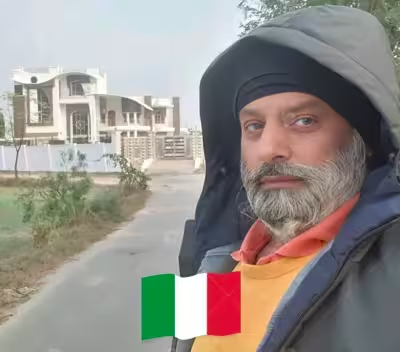
Harbhajan Ghuman
Harbhajan Ghuman, based in Sabaudia, is a respected figure within the Sikh and Punjabi community of Italy. Known for his leadership and community service, he has played an active role in uniting immigrants and addressing their social and cultural concerns. Sabaudia, with its large concentration of Punjabi farmworkers, often faces challenges of labor exploitation and integration, and voices like Ghuman’s have been central in promoting solidarity, awareness, and dialogue. Through his efforts, he has helped strengthen the identity of Sikhs in Italy, ensuring that their struggles are recognized while also fostering a sense of belonging in Italian society.
Facebook.com
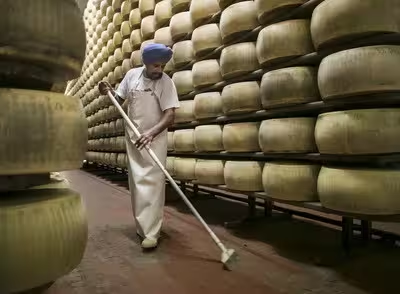
Pioneers in the Cheese Industry: Saviors of Italian Dairy
Sikhs have revitalized Italy’s iconic cheese production, particularly Parmigiano Reggiano and Grana Padano, filling labor shortages and becoming industry mainstays.
Onkar Singh: A emblematic figure in the “Sikh Formaggio” narrative, Singh migrated from Punjab to the Po Valley, where he works as a dairy farmer producing Grana Padano. Featured in documentaries, he represents the transition from Punjabi farming roots to Italian cheese-making expertise. Singh and his wife Balveer Kaur manage key roles in cheese preparation, symbolizing how Sikhs prevented the industry’s collapse in regions like Cremona. His story underscores the community’s economic impact, with Sikhs comprising up to 60% of the workforce. Brown History
